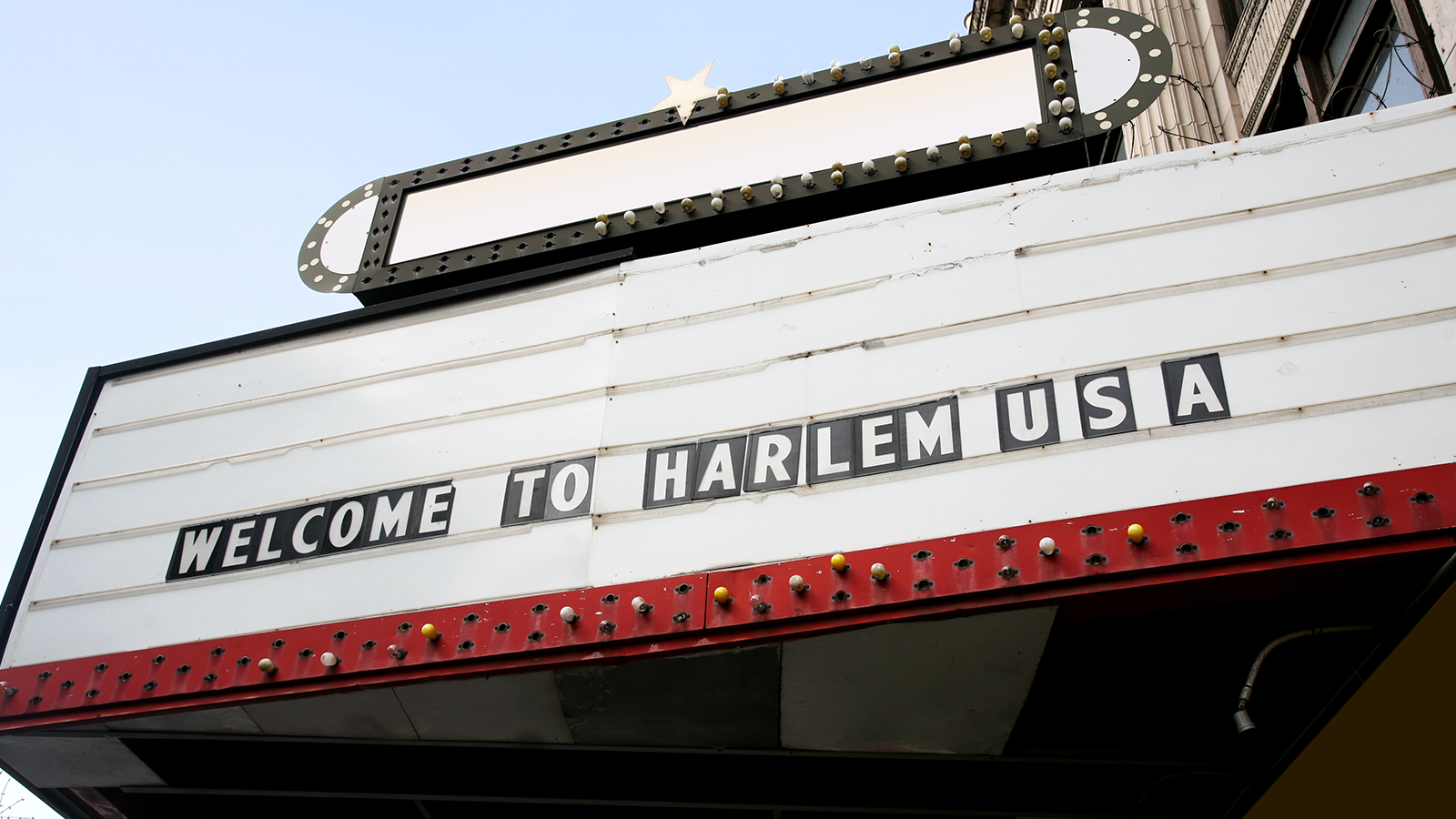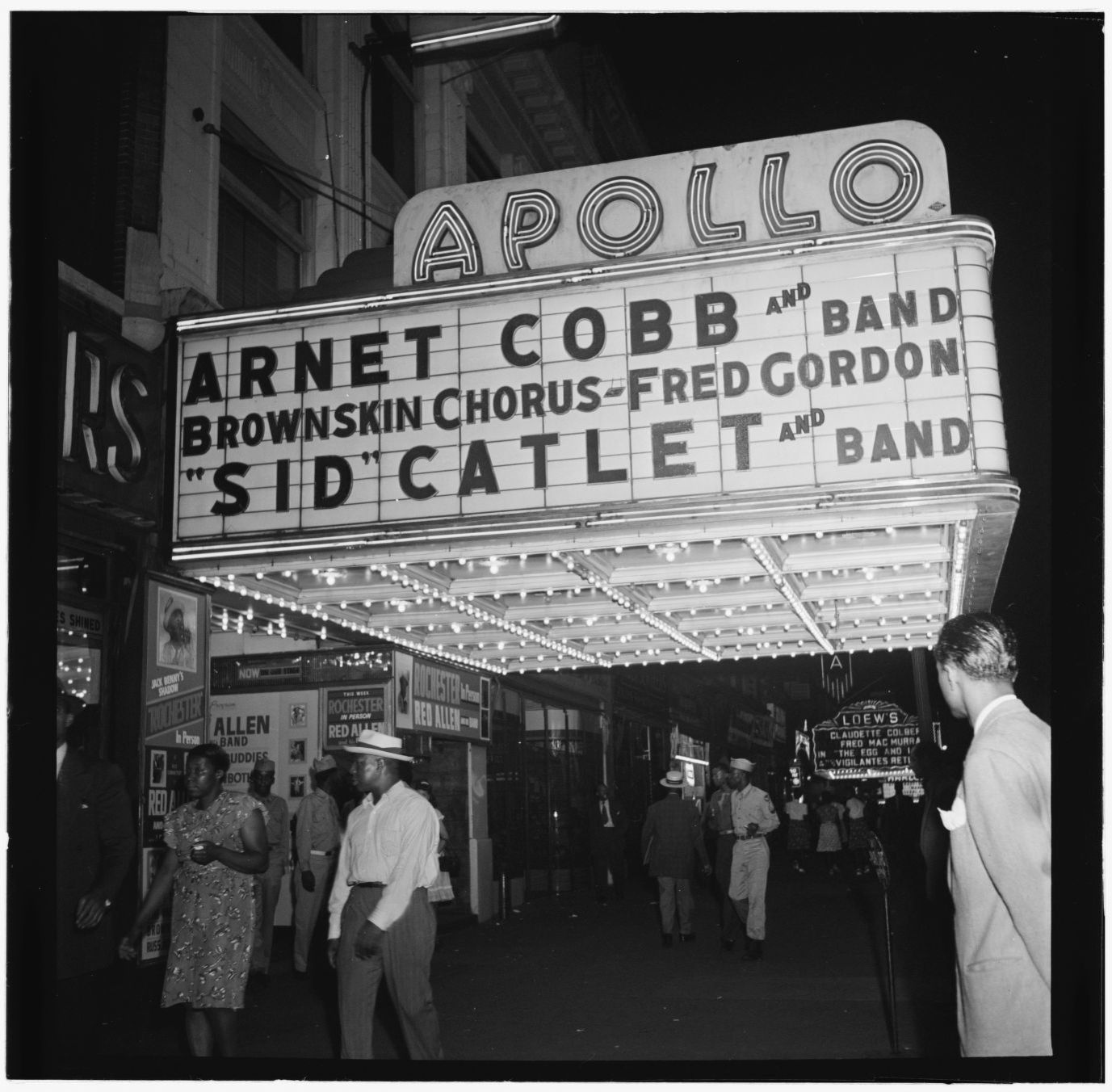
Most times a movement promotes a direct change in society. A revolution creates a volcanic chain reaction that leaves an indelible mark on the world.
The Harlem Renaissance was a revolution. This period took place during the 1920s through the 1930s and was originally termed the “New Negro Movement.” Pederson et al. (2001) states that the “New Negroes” sought to chisel out a unique, African American–centered culture for blacks and to improve race relations while maintaining a distinct cultural identity. Out of this era came some of the most prolific American literature and music to date.

A Historic Era
The Harlem Renaissance spanned the era from the middle of World War I through the early 1930s. Scholars have suggested several starting dates for the movement, including the publication of Claude McKay’s poems “The Harlem Dancer” (1917) and “If We Must Die” (1919). The renaissance gained force as African American artists and writers from around the country entered and reacted to the thriving artistic community of Harlem.
The agenda for the renaissance was to define the era of freeness the New Negroes wanted to attain. No longer could the bounds of the American socialist society dictate the freedom of expression that black Americans longed for.
During this period, some of the most existential artists flourished, and the eccentricity built an indelible creative spirit of the likes of writers like Langston Hughes, Countee Cullen, and Zora Neale Hurston. These artists carved a place in American literature that left a permanent mark on black history. Editors like W. E. B. Du Bois and Charles Johnson supported the voice of young writers by sponsoring literary contests during this time.

Photo: Library of Congress
A Geographic Magnet for Culture
Harlem itself became the point of convergence and place of residence for many of the artists who influenced the movement. A few historic and monumental places that defined Harlem and the renaissance era are listed below. Have your students research these pillars of history and see how they contributed to the Harlem Renaissance experience.
Abyssinian Baptist Church
The Abyssinian Baptist Church is one of the oldest and largest Black Baptist congregations in the United States. The church building was completed in 1923 under the leadership of the Adam Clayton Powell Sr. In 1937 Powell retired and was succeeded by his son, Adam Clayton Powell Jr., who was elected to the US Congress in 1960. He was the first African American to be elected to Congress from New York.
Apollo Theatre
When Black Americans were segregated from theaters and hotels, Harlem established landmarks of its own. The Apollo became one of those landmarks. It was the summit of the black show business circuit. From the 1920s to the 1960s, stars were not really stars until they had played the Apollo. Eventually, the changing economics of show business closed the historic theater. However, in 1989 the Apollo reopened after a multimillion-dollar renovation and is once again showcasing the biggest names in black show business.
Sugar Hill
Sugar Hill is a handsome residential section in uptown Harlem. It is bordered on the west by Amsterdam Avenue, on the north by West 160th Street, on the east by Colonial Park, and on the South by 145th Street. An area of tall apartment buildings and private homes, it is populated largely by middle-class African Americans, sometimes referred to as the Black bourgeoisie. The only other comparable areas of central Harlem are Riverton and Lenox Terrace.
Schomburg Center for Research in Black Culture
The most complete research facility in the world for studies of black life and culture this branch of the New York Public Library system began as a private collection. Arthur A Schomburg was a Puerto Rican of African descent. A historian and book lover, Schomburg began to assemble rare material on the African diaspora early in the century. In 1926 the Carnegie Foundation purchased the collection and presented it to the library, which built a special branch for it in Harlem. The material furnished a spark for the Harlem Renaissance with the new perspectives it cast on the black experience inspiring writers and scholars.
The contributions of Black Americans to American history cannot be contained in a month. From a historical perspective, Black history must be chronicled daily as periods like the Harlem Renaissance continue to be relevant today. Black history is vast and the contributions of Black Americans are wide and ever present on the horizon of this great country. Teach your students that Black history is American history and can be commemorated in every classroom.
This blog can be used in the classroom to support teaching African American Studies, Ethnic Studies, or Black History Month.
Seeking more professional learning resources?
See what our professional learning department can do for your teaching
Reference
Pederson, J. P., Estell, K., Hornsby, A., & Straub, D. G. (2001). Reference Library of Black America. Farmington Hills, MI: Gale Group.
Sheree Turner, Ph.D. is a Master Teacher Leader in an urban school district in Atlanta and a 27-year veteran educator specializing in English Language Arts (ELA) and Social Studies. Dr. Turner is also an adjunct professor with University of Phoenix in the School of Education graduate studies. She is certified in middle grades social studies, gifted-learner endorsed, and reading endorsed. Her area of interest is ensuring social studies does not become extinct in the twenty-first century classroom.
